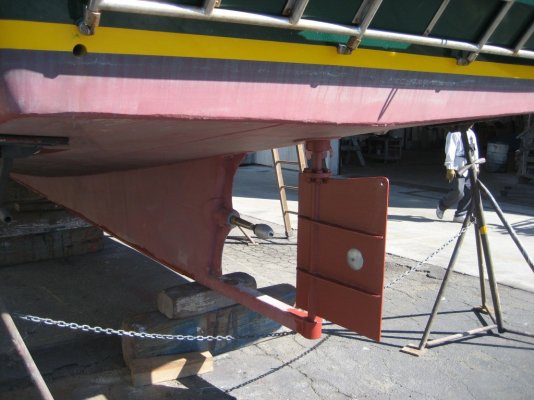Bottom line is that anything that can be accomplished with a twin can be accomplished with a single. No bow thruster needed, although it can be a very handy aid for part-time, recreational boaters. The techniques will be different between a single and a multi-engine boat but the end result will be the same.
Anyone who doubts this needs to watch the Fraser river tugs at work south of Vancouver, BC where they are battling not only a current but all sorts of winds. And their helmsmen can put them anywhere they want them. One engine, one prop, one big rudder (or a Kort nozzle), no thruster.* Of course, these guys aren't too worried about the paintwork..

* Or, if you're on the east coast, go up and watch the lobstermen on Prince Edward Island come into port on a blustery day. All single-engine boats, no thrusters, they put them wherever they want to put them. I would imagine the same situation exists in Maine, too.
I like multi-engine boats and we won't own a single but that has nothing to do with any belief on my part that a single is less reliable or less maneuverable. We chartered a single-engine GB36 before we bought our own boat and had no challenges with it at all except once, and that was due almost entirely to our lack of experience, not the number of engines in the boat.
As Tim rightly pointed out there have been countless "discussions" about single vs multi-engine boats on this forum and it's all sitting there in the archives. While it's often a lot faster to ask your questions live rather than wade through the search process, you're likely to get more detailed information in the archives simply because the topic has been discussed so much by most of us it's become repetitive.
But if you want to ask a question live, don't hesitate to do so. The weather's getting crappy and I'm sure a lot of people on the forum will jump at the excuse to justify their own preference yet again






